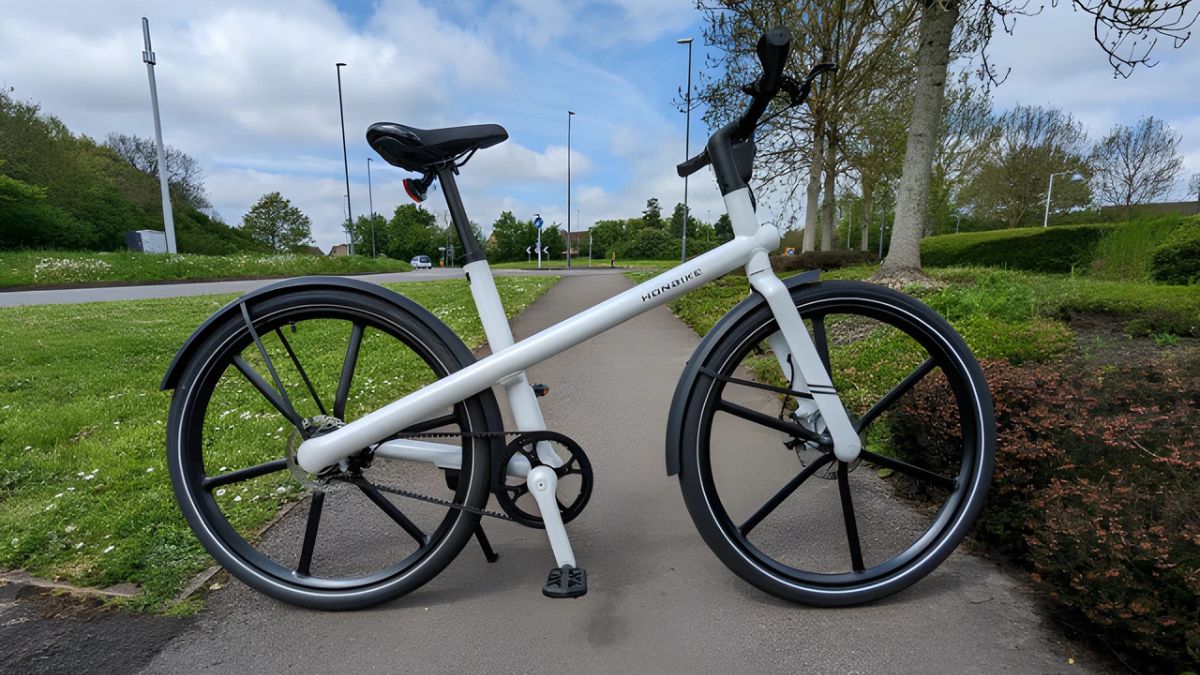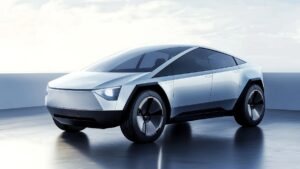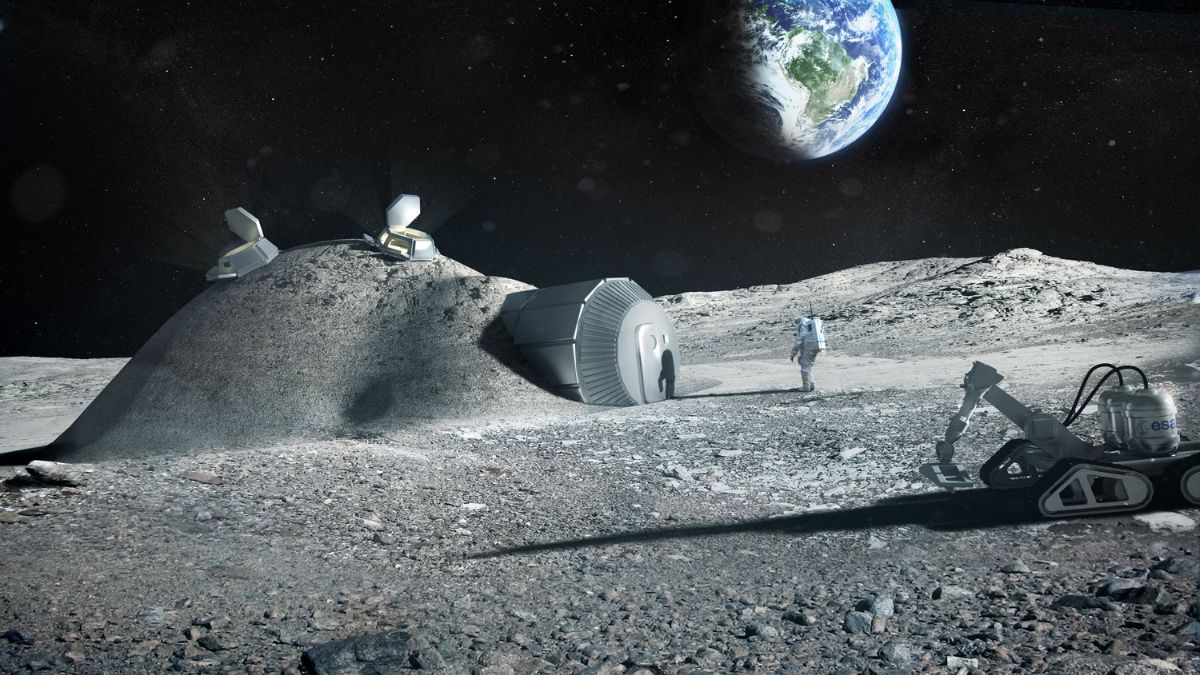A quiet revolution is unfolding in the world of sustainable transportation, and it’s happening in the streets of Orleans, France. French engineer Adrien Leliévre, working with STEE (Southern Transformation and Economic Empowerment), has developed a unique electric bicycle that doesn’t rely on traditional lithium batteries. Instead, it uses a supercapacitor to charge as you pedal. The bike is called Pi-Pop—and it’s already turning heads in the green mobility sector.
Idea
Electric bikes have grown in popularity across Europe and beyond. They’re a smart, eco-friendly alternative to cars, especially in cities where traffic, pollution, and parking are major headaches. But traditional e-bikes come with their own issues. They’re often expensive, and their lithium batteries take hours to charge, cost a lot to produce, and have a relatively short lifespan.
On top of that, many city bike-sharing programs struggle with one big flaw: empty batteries. If an electric bike isn’t charged when you need it, it’s basically just a heavy, regular bike.
That’s where Pi-Pop enters the picture. Leliévre’s breakthrough lies in using supercapacitors—devices known for rapid charging and long durability—as the power source.
Supercapacitors
Supercapacitors have been around since the 1970s, mostly used in industrial tech or electronics. They can store energy quickly, last much longer than batteries, and require no harmful mining to produce. So, why hasn’t anyone used them in e-bikes before?
Leliévre saw the opportunity. Instead of charging your bike overnight or at a station, Pi-Pop builds energy as you pedal. Go downhill, cruise on flat roads, or apply the brakes, and the bike stores that energy electrostatically. Then, when it’s time to go uphill or restart from a stop, the motor kicks in using that stored energy.
Performance
The Pi-Pop’s motor is modest—just 250W, with a top speed of 25 km/h (15 mph)—but that’s enough for everyday city use. According to the maker, a full supercapacitor charge can handle up to 50 meters of elevation. That covers about 80% of European urban terrain.
Let’s compare it:
| Feature | Pi-Pop Supercapacitor | Traditional E-Bike |
|---|---|---|
| Charging Time | None – self-charging | Several hours |
| Lifespan | 10–15 years | 5–6 years |
| Eco-impact | Low (no mining) | High (lithium mining) |
| Max Speed | 25 km/h | Varies (25–45 km/h) |
| Weight | 48 lbs (21.7 kg) | Usually 40–60 lbs |
Limitations
While the Pi-Pop sounds like a dream for commuters, it isn’t perfect. It’s built for cities—flat or slightly hilly ones. On rougher terrain or long routes without a chance to regenerate energy, the bike struggles. Several users have reported that the bike loses power quickly if there are long uphill climbs with no downhill or flat stretches to help it recover.
As one reviewer bluntly put it, “If the terrain doesn’t help you, the bike won’t either.” This makes it a tough sell for people living in mountainous areas or needing longer range support.
Recognition
Despite its limitations, the Pi-Pop won a gold medal at the 2024 Lépine Competition in France—a prestigious innovation showcase. Since then, Veloci Industries, the company behind Pi-Pop, has grown steadily. From a humble 100 units sold per month, the goal is now to reach 10,000 bikes per year within the next five years.
Future
There’s no doubt that Pi-Pop brings something new to the table. It challenges the way we think about electric bikes—not as gadgets that need wall sockets, but as tools that can recharge from our own effort.
Of course, it still has room for improvement. Smoother rides, better hill support, and energy recovery on more terrains could make it a bigger player in the global market. But even now, Pi-Pop is a promising glimpse at what eco-friendly urban mobility could look like—low-cost, low-maintenance, and low-impact.
FAQs
Does Pi-Pop need to be charged?
No, it recharges itself while you pedal.
What powers the Pi-Pop bike?
It uses a supercapacitor, not a lithium battery.
How fast can Pi-Pop go?
It can reach speeds of 25 km/h or 15 mph.
Is Pi-Pop good for hills?
Only on small inclines—it struggles on steep terrain.
How long does the supercapacitor last?
It can last 10 to 15 years, longer than most batteries.























